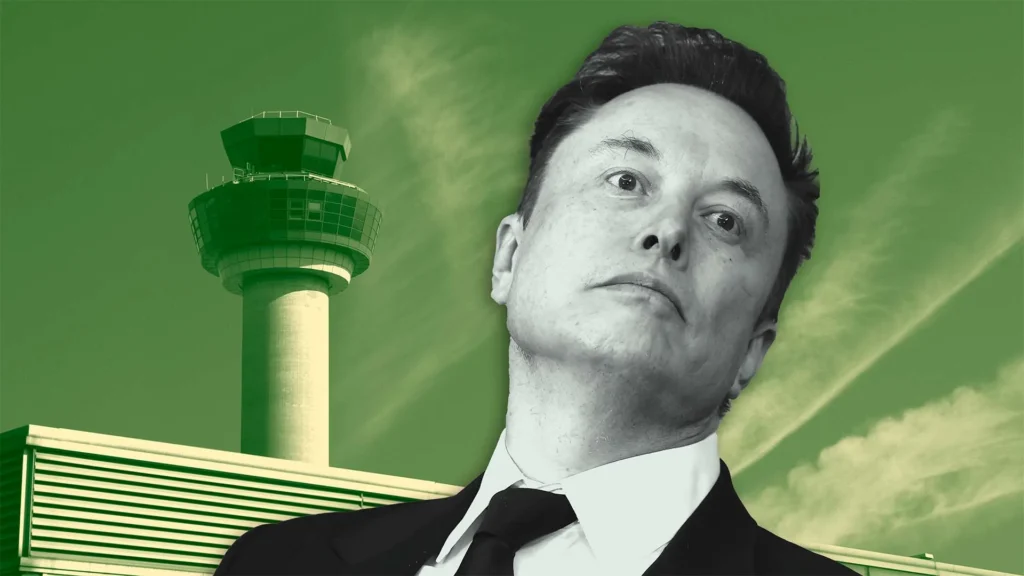Elon Musk has a peculiar talent for making the future arrive ahead of schedule. Whether it’s electric vehicles, hyperloop concepts, or interplanetary travel, his ideas have a way of pushing technological frontiers—and public imagination—into overdrive. But how much of Musk’s transportation revolution is hype, and how much is the real roadmap for the future?
The Acceleration of Electric Vehicles
Tesla, the crown jewel of Musk’s transportation empire, has not only normalized electric cars but also made them aspirational. When Tesla released the Roadster in 2008, electric vehicles (EVs) were considered a niche market for environmentalists willing to sacrifice performance for sustainability. Today, Tesla’s Model S Plaid can out-accelerate a Ferrari, and the company’s Supercharger network spans continents.
Musk’s influence is undeniable: traditional automakers like Ford, GM, and Volkswagen have scrambled to electrify their fleets. Even countries have taken note. The UK, Germany, and California have all set deadlines to phase out internal combustion engine vehicles, a shift largely catalyzed by Tesla’s success.
Hyperloop: The High-Speed Hurdle
In 2013, Musk published a whitepaper on Hyperloop—a futuristic vacuum-tube transportation system that promises speeds exceeding 700 mph. The idea is simple: use magnetic levitation and near-vacuum conditions to reduce friction and allow pods to travel at airline speeds without leaving the ground.
While Musk left development to startups like Virgin Hyperloop and HyperloopTT, the concept has struggled to move beyond experimental tracks. Engineering challenges, regulatory hurdles, and staggering costs have slowed progress. Critics argue that traditional high-speed rail is a more practical alternative, yet Musk’s ability to inject momentum into ambitious projects has kept Hyperloop in the public conversation.
The Self-Driving Car Gamble
Tesla’s Autopilot and Full Self-Driving (FSD) software are either the dawn of a driverless utopia or an overpromised work-in-progress, depending on who you ask. Musk has repeatedly claimed that fully autonomous Teslas are just around the corner, yet regulators and industry experts remain skeptical. The technology is advancing, but the complexities of real-world driving—unpredictable pedestrians, poor road markings, inclement weather—have proven more challenging than Musk’s initial projections suggested.
That hasn’t stopped Tesla from leading the pack. Its approach to AI-driven autonomy, powered by millions of real-world miles of data, outpaces traditional automakers who rely on expensive LIDAR systems. If Musk delivers on his promise, Tesla’s robo-taxi network could redefine urban mobility, eliminating car ownership as we know it.
Starship and the Future of Space Travel
While most of Musk’s transportation ambitions focus on Earth, SpaceX’s Starship project is aimed at interplanetary travel. Starship is designed to be a fully reusable spacecraft capable of carrying 100 passengers to Mars—Musk’s long-term goal. However, nearer-term applications could reshape global travel. Musk has proposed using Starship for Earth-to-Earth transportation, turning a 15-hour flight from New York to Shanghai into a 45-minute hop.
The logistics of such a system—safety, cost, infrastructure—are daunting. Yet, SpaceX has already disrupted the aerospace industry, slashing launch costs and making commercial space travel plausible. The question isn’t whether Musk’s vision is feasible, but whether it will arrive within our lifetime.
The Musk Effect: Vision vs. Reality
Musk’s ideas often straddle the line between genius and science fiction, but his track record suggests he delivers—eventually. Tesla was once ridiculed; today, it’s the world’s most valuable automaker. SpaceX was doubted; now, NASA relies on it to transport astronauts.
Yet, for every success, there are roadblocks. Hyperloop remains a speculative dream. Full autonomy is perpetually “a year away.” The Boring Company’s vision of underground highways has produced little beyond a short Las Vegas loop.
Still, Musk has a rare ability to force progress. Whether through sheer will, audacious deadlines, or a cult-like following, he makes the impossible feel inevitable. His vision for the future of transportation may not arrive on his timeline, but it is undeniably shaping what comes next.






